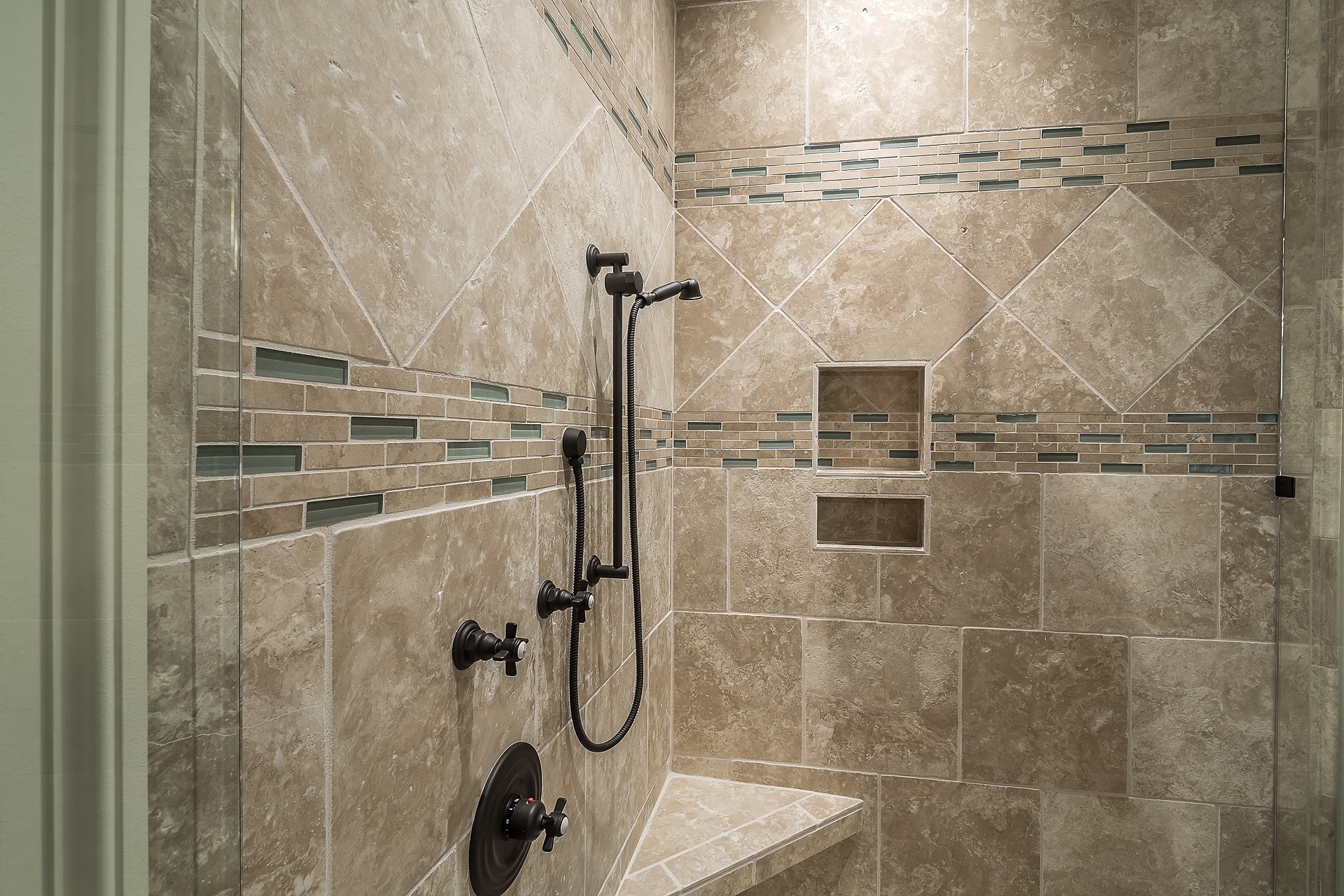Everything You Need To Know About Trending Walk-In Showers In US - Options And Prices
Walk-in showers have become increasingly popular across American homes, transforming traditional bathrooms into modern, accessible spaces. These barrier-free shower designs eliminate the need to step over high tub walls or traditional shower thresholds, making them ideal for people of all ages and mobility levels. With their sleek appearance and practical benefits, walk-in showers represent both a lifestyle upgrade and a smart investment for homeowners looking to enhance their bathroom functionality while potentially increasing property value.

What Are Walk-In Showers In US Homes
Walk-in showers are open-concept shower spaces designed without traditional doors or high barriers. These installations typically feature a low or zero-threshold entry, making them easily accessible for users with mobility concerns, elderly family members, or anyone seeking a more luxurious bathing experience. In the US market, walk-in showers commonly include features like glass panels for water containment, built-in seating, grab bars, and multiple shower heads. The designs range from compact corner installations perfect for smaller bathrooms to spacious luxury suites that serve as the centerpiece of master bathroom renovations.
Walk-In Showers 2025 Design Trends
Current walk-in shower trends in 2025 emphasize both aesthetics and functionality. Popular design elements include frameless glass enclosures that create an open, airy feeling while containing water effectively. Natural stone and large-format tile selections remain dominant, with many homeowners choosing neutral color palettes that complement various decorating styles. Smart shower systems featuring digital temperature controls, multiple spray patterns, and even chromotherapy lighting are gaining traction. Linear drains positioned along walls rather than in the center provide better water management and easier maintenance. Universal design principles continue influencing installations, with curbless entries becoming standard rather than specialty features.
Walk-In Showers Prices In US Markets
The cost of walk-in shower installations varies significantly based on size, materials, and complexity. Basic conversions from existing tub spaces typically start around $3,000 to $5,000 for standard materials and straightforward installations. Mid-range projects incorporating quality tiles, glass enclosures, and built-in features generally range from $6,000 to $12,000. Premium installations with luxury materials, custom glass work, multiple shower heads, and extensive tile work can exceed $15,000 to $25,000 or more. Labor costs represent roughly 20-30% of total project expenses, while materials and fixtures account for the majority. Regional price variations exist, with metropolitan areas typically commanding higher installation costs than rural markets.
Walk-In Showers Options Available
| Shower Type | Provider | Features | Price Range |
|---|---|---|---|
| Prefab Walk-In Unit | Kohler | Acrylic walls, built-in seat, grab bars | $2,000 - $4,500 |
| Custom Tile Shower | Local contractors | Natural stone, frameless glass, linear drain | $8,000 - $18,000 |
| Luxury Walk-In Suite | DreamLine | Multiple heads, steam function, custom glass | $12,000 - $30,000 |
| Barrier-Free Conversion | Re-Bath | Accessibility focused, safety features | $5,000 - $12,000 |
Prices, rates, or cost estimates mentioned in this article are based on the latest available information but may change over time. Independent research is advised before making financial decisions.
American homeowners can choose from several walk-in shower categories based on their needs and budgets. Prefabricated units offer the most affordable entry point, featuring factory-made components that reduce installation time and complexity. These systems work well for standard bathroom dimensions and straightforward conversions. Custom tile installations provide unlimited design flexibility, allowing homeowners to select specific materials, layouts, and features that match their vision perfectly. Barrier-free conversions specifically address accessibility needs, incorporating safety features like non-slip surfaces, strategically placed grab bars, and comfortable seating options.
Installation Considerations For Walk-In Showers
Successful walk-in shower installations require careful planning and professional expertise. Plumbing modifications often become necessary, particularly when converting from bathtub configurations or relocating drain positions. Proper waterproofing represents a critical component, as walk-in designs must prevent water damage to surrounding areas without traditional containment barriers. Flooring considerations include selecting appropriate materials that provide traction when wet while maintaining easy cleaning capabilities. Ventilation requirements may increase due to larger shower spaces, necessitating upgraded exhaust fans or additional air circulation systems. Local building codes and permit requirements vary by jurisdiction, making professional consultation essential for compliance and safety.
Walk-in showers continue gaining popularity throughout American homes due to their combination of style, functionality, and accessibility benefits. Whether pursuing a basic conversion or luxury installation, homeowners should carefully evaluate their specific needs, budget constraints, and long-term goals. Professional consultation helps ensure proper planning, code compliance, and quality results that enhance both daily living experiences and property values. The investment in a well-designed walk-in shower typically provides years of enjoyment while addressing the evolving needs of household members across different life stages.




